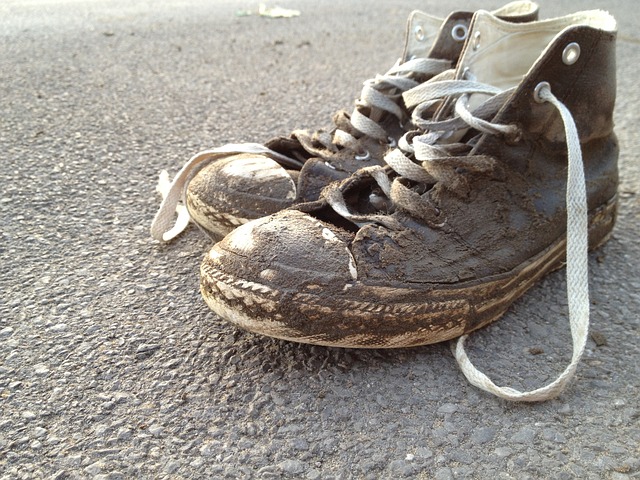| A PBL Documentary (Middle School M & M) |
October 11, 2022
- Sign in and stow your phones out of sight. Log into a Chromebook and complete the WYAW activities.
- Vote by tables - Which one works best for you? Why?
1 2 3 "Multimodal literacy explores the design of discourse by investigating the contributions of different semiotic resources (for example, language, gesture, images) co-deployed across various modalities (for example, visual, aural, somatic) as well as their interaction and integration in constructing a coherent text." https://multimodalstudies.wordpress.com/what-is-multimodal-literacy/ Or are you a more visual learner?
Multimodal literacy is "the strategic use of two or more communication modes to make meaning, for example image, gesture, music, spoken language, and written language....multimodal literacy is strongly associated with the growth of digital communication technologies, multimodal is not synonymous with digital."
http://creatingmultimodaltexts.com/
- Narration should be:
- Clear, well paced, and audible (no mumbling, please!)
- Crunchy.....(What?) Crunchy Words help when writing a script.
Small Group Activity:
"Crunchy" words.
In small groups, use crunchy words to describe either photo two or three. (CC0 - Pixabay).



"majestic, towering Appalachians"
or
"tall mountains"Crunchy words? Crunchy words? - Switching channels for screening stories to look at students' creation of multimodal pieces. As you watch these examples, think about the differences in digital storytelling between stories created by adults and those of children.
Some questions to consider: - What might you need to do as a teacher to prepare kids to tell digital stories?
- What might the constraints be both creatively and technically?
- What other kinds of multimodal communication projects can you do with students? Individual? Small Group? Whole group?
- Some examples of "kid stories" - Digital Stories/M & Ms created by elementary students
- COLLABORATIVE STORY: In your sweetie groups, pick one story and write a sentence on your vintage board about what worked well (one asset).
- SMALL GROUP WORK: In your sweetie groups, follow the directions on the back of your storyboard to create a group digital story using Puppet EDU.
Tutorial for Puppet EDU
- TIPS for Using Puppet EDU
- For a slide to show up and be included in your story, it must have sound even if you don't say anything and it's silent.
- Make sure to turn the volume on your iPad up ALL THE WAY so your audio is loud and proud.
- Explore different ways to add images and also try at least one video
- NOTE: For video, you must play it all the way through for the entire video to be added to your story
- You will need to get the parental permission form (Release) signed by the parent and this is also available in Canvas.
- The story must be created by a child (not someone else's story) and creative freedom from the student must be apparent.
- You'll want to give yourself enough time to work on it as it may take more than one session. If you're working with young children or learners with disabilities who struggle with focus, you may need to schedule a few short sessions rather than one long one.
- Keep an eye on the technical and don't get frustrated if you encounter snags.
EDEL 446 - Choice Assignment Option: Field-Based Digital Story with A Student
View the project overview: This will help you explain to your CE what the project is all about. When discussing this with your CE, set some tentative dates for when you can work with your one student to create the story. The project overview handout gives an summaryof the process. Share this with your CE if you think it would be helpful.
Additional resource: If you wish to show your student sample stories, you may use these from the internet:
| Kindergartner | Fifth Grader | Middle School |
Pretty soon, start making arrangements to meet with the child to talk about the story he/she might like to tell and how to illustrate it - with his/her own drawings or photos, with copyright free (CC0) photos or images found (with your help) on the internet. See here for ideas and details..... The reflection form for this project is available in Canvas.
